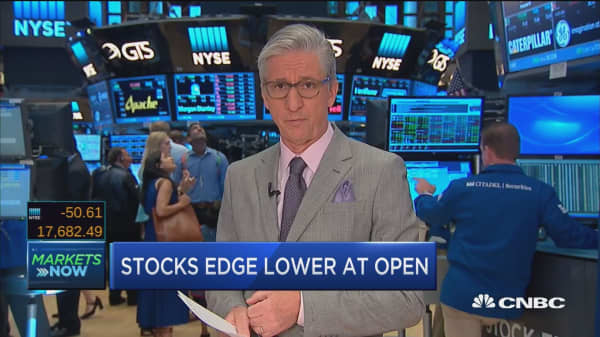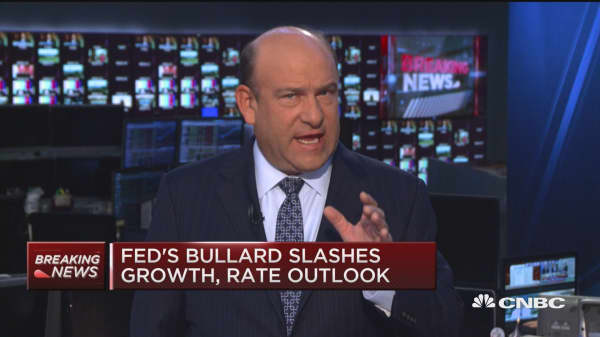The headline rate of price inflation in the United States has been suppressed by double-digit declines of energy costs. As a result of that, a steady upward push of the core rate of inflation to 2.2 percent in May from 1.7 percent a year earlier is erroneously taken as a non-event.
People seem unaware of the fact that the Fed's medium-term price stability target is a core rate inflation of 2 percent. Based on the consumer price index (CPI), that target has been hit since November of last year. And we are almost there - i.e., at 1.6 percent - if you prefer, as the Fed apparently does, to look at the core personal expenditure price index (PEPI).
Either way, from the policy viewpoint, the signal should be clear: It is time to defend the credibility of the Fed's monetary management.
But that's not what we are hearing. To confuse the gallery, the Fed is now throwing in the concept of policy neutrality that, according to media reports of official statements, revolves around the zero real short-term interest rate.
A nice smokescreen
Here is how that particular idea of neutral monetary policy (i.e., a policy stance that is neither tight nor loose) looks like based on current numbers of inflation and the effective federal funds rate – the only interest rate the Fed directly controls.








